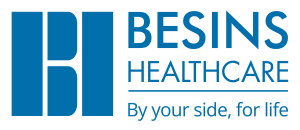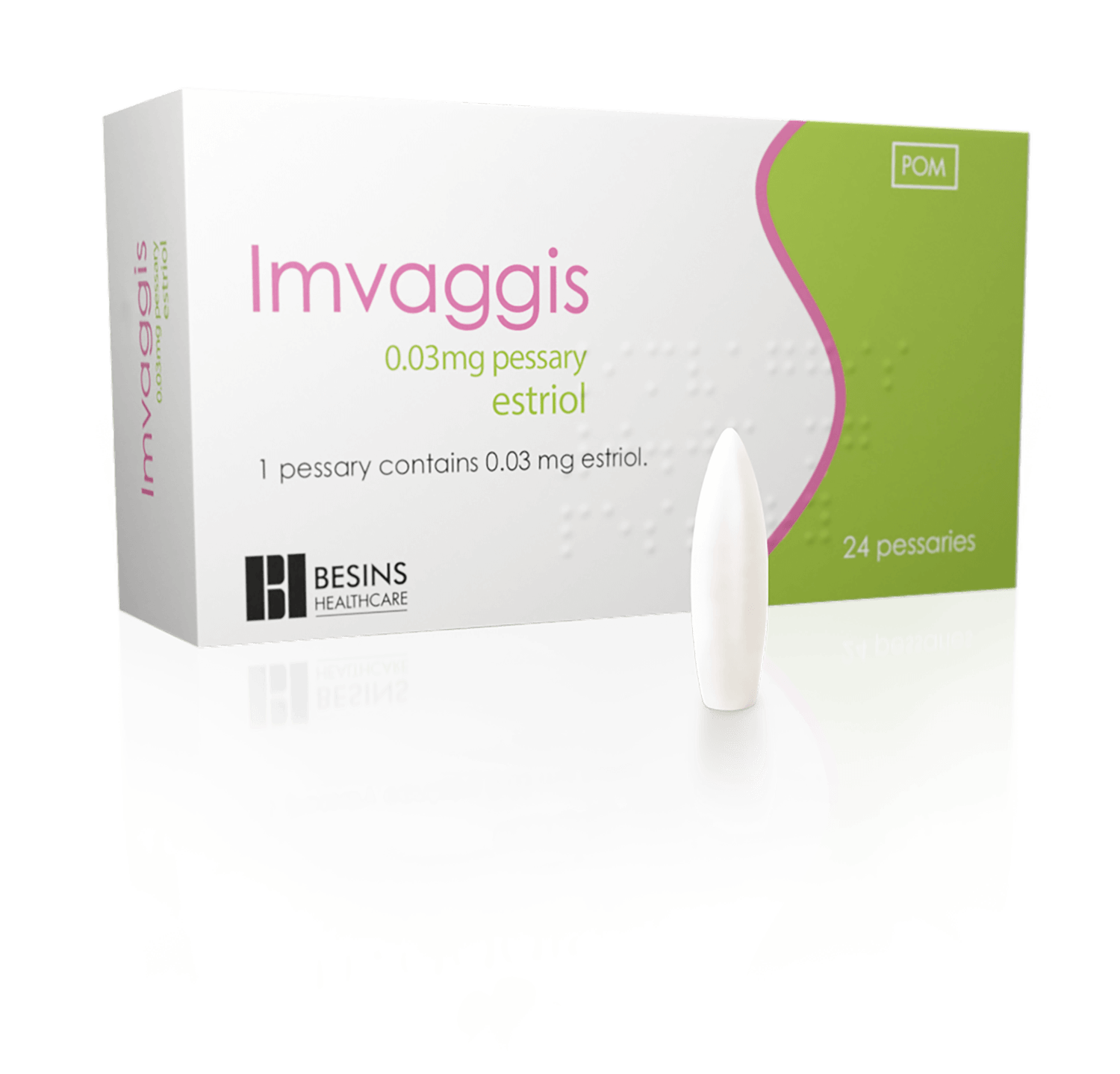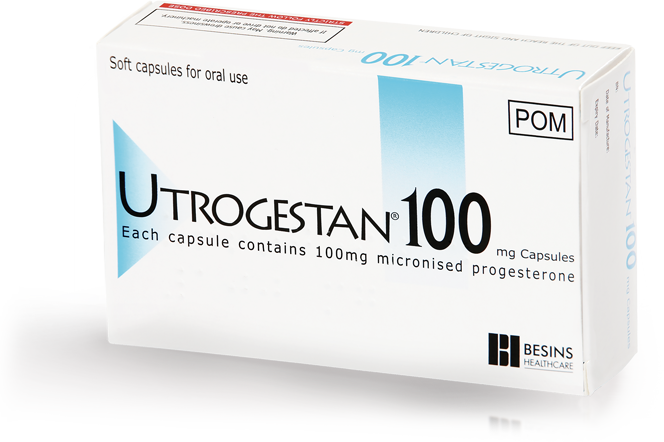
Prescribing Information
Oestrogel (estradiol) Pump-Pack
For full prescribing information, including side effects, precautions and contraindications, please consult the Summary of Product Characteristics(SPC).
Presentation: Transdermal gel containing 17β-estradiol 0.06% w/w. Each pump actuation is 1.25 g of Oestrogel, which contains 0.75mg of 17β-estradiol. Indication: 1: Hormone Replacement Therapy (HRT) for oestrogen deficiency symptoms in postmenopausal women. 2: Prevention of osteoporosis in postmenopausal women at high risk of future fractures who are intolerant of, or contraindicated for, other medicinal products approved for the prevention of osteoporosis. The experience treating women older than 65 years is limited. Dosage and Administration: Oestrogel is an oestrogen-only product to be administered daily on a continuous basis for women without a uterus. In women with an intact uterus, a progestogen should be added for at least 12 days each month. The pump pack will require priming before using a new pump pack for the first time. The first dose dispensed should be discarded. The gel should be applied to at least 750 cm2 of clean, dry, intact areas of skin (e.g. arms, shoulders, inner thighs). It should not be applied on or near the breasts or on the vulval region. The patient should apply the gel herself and avoid skin contact with others, particularly a male partner, for at least 1 hour after application. Menopausal and postmenopausal symptoms: The usual starting dose is 2 pumps (2.5 g containing 1.5 mg 17β-estradiol) once daily. If effective relief is not obtained after one month’s treatment, this may be increased to a maximum of 4 measures (5 g containing 3.0 mg estradiol) daily. For initiation and continuation of treatment, the lowest effective dose for the shortest duration should be used. Prevention of postmenopausal osteoporosis: The minimum effective dose is 2.5 g Oestrogel once daily. For full details of usage please refer to the SPC. Contraindications: Hypersensitivity to estradiol or any of the excipients; known, past or suspected breast cancer; known or suspected oestrogen-dependent malignant tumours (e.g. endometrial cancer); undiagnosed genital bleeding; untreated endometrial hyperplasia; previous or current venous thromboembolism (deep vein thrombosis, pulmonary embolism), known thrombophilic disorders, active or recent arterial thromboembolic disease (e.g. angina, myocardial infarction); acute liver disease or history of liver disease whilst liver function tests are abnormal; porphyria. Warnings and Precautions: HRT should only be initiated for symptoms that adversely affect quality of life. The risks and benefits should be reviewed annually and HRT only continued as long as the benefit outweighs the risk. A personal and family medical history should be taken before initiating or reinstituting HRT. Periodic check-ups are recommended during treatment. Physical examination and investigations including appropriate imaging tools should be carried out according to the clinical needs of the patient. Patients should be closely supervised if any of the following conditions are present, have occurred previously and/or have been aggravated during pregnancy or previous hormone treatment since they may recur or be aggravated during treatment with Oestrogel: leiomyoma (uterine fibroids) or endometriosis; risk factors for thromboembolic disorders; risk factors for oestrogen-dependent tumours; hypertension; liver disorders; diabetes mellitus with or without vascular involvement; cholelithiasis; migraine or severe headache; systemic lupus erythematosus; history of endometrial hyperplasia; epilepsy; asthma and otosclerosis. Oestrogel should be discontinued if a contraindication is discovered or the following occur: jaundice or deterioration in liver function; significant increase in blood pressure; new onset of migraine-type headache; pregnancy. In women with an intact uterus the risk of endometrial hyperplasia and carcinoma is increased when oestrogens are administered for prolonged periods of time. Break through bleeding and spotting may occur during the first months of treatment but if they occur after some time on therapy or continue after treatment has been discontinued the reason should be investigated. Unopposed oestrogen stimulation may lead to premalignant or malignant transformation in the residual foci of endometriosis. Evidence shows an increased risk of breast cancer in women taking combined oestrogen-progestogen or oestrogen-only HRT that is dependent on the duration of taking HRT. HRT increases the density of mammographic images which may adversely affect the radiological detection of breast cancer. Evidence suggests a slight increased risk of ovarian cancer in women taking oestrogen-only or combined oestrogen-progestogen HRT. HRT is associated with a 1.3 to 3-fold risk of developing venous thromboembolism (i.e. deep vein thrombosis or pulmonary embolism) especially in the first year of use. HRT should be stopped 4 to 6 weeks prior to elective surgery if prolonged immobilisation is to follow. The benefit-risk of HRT should be considered in women already on chronic anticoagulant treatment. If venous thromboembolism occurs during treatment, HRT should be discontinued. Patients should contact their doctors immediately if they have potential thromboembolic symptoms (painful swelling of a leg, sudden chest pain or dyspnoea). Combined oestrogen-progestogen and oestrogen-only therapy are associated with up to a 1.5-fold increase in risk of ischaemic stroke. The risk increases with age. Care should be taken with women with cardiac or renal dysfunction since oestrogens may cause fluid retention. Women with pre-existing hypertriglyceridaemia should be followed closely during oestrogen replacement or HRT since pancreatitis can result from rare cases of large increases in plasma triglycerides. Oestrogens increase binding proteins such as thyroid, corticoid and sex-hormone binding globulins leading to increased circulating hormones. There is some evidence of increased risk of probable dementia in women who start HRT after the age of 65. Interactions: Patients should avoid strong skin cleaners and detergents, skin products of high alcoholic content (e.g. astringents, sunscreens) and keratolytics which may alter the barrier structure or function of the skin. Also, any skin medication which alters skin production (e.g. cytotoxic drugs) should be avoided. The metabolism of oestrogens may be increased, (leading to a decreased effect and changes in the uterine bleeding profile) by enzyme-inducing products (e.g. phenobarbital, phenytoin, carbamazepine, rifampicin, rifabutin, nevirapine, efavirenz). Ritonavir, nelfinavir and St John’s wort may also induce the metabolism of oestrogens. As transdermal administration avoids the first pass effect in the liver, transdermally applied oestrogens may be less affected by enzyme inducers than oral hormones. Pregnancy and breastfeeding: Oestrogel is not indicated in pregnancy or during breastfeeding. If pregnancy occurs during medication with Oestrogel, the treatment should be withdrawn immediately. Undesirable effects: The following commonly (≥1/100; ≤1/10) occur with HRT: headache, nausea, abdominal pain, breast swelling/pain, breast enlargement, dysmenorrhoea, menorrhagia, metrorrhagia, leucorrhoea, endometrial hyperplasia, weight change (increase or decrease), water retention with peripheral oedema. The following uncommonly (≥1/1,000; <1/100) occur with HRT: depression, mood swings, vertigo, migraine, venous thromboembolic disease, flatulence, vomiting, pruritus, benign breast neoplasm, increased volume of uterine, leiomyoma, vaginitis/vaginal candidiasis, asthenia. The following risks apply in relation to systemic oestrogen/progestogen treatment: breast cancer; endometrial cancer; ovarian cancer; venous thromboembolism; coronary artery disease; ischaemic stroke. For further information on side effects and risk estimates, please consult the SPC. Overdose: Symptoms may include breast pain, excessive production of cervical mucous, nausea, and withdrawal bleeding. There are no specific antidotes and treatment should be symptomatic. NHS Price: 80g dispenser £4.80. Legal category: POM. Marketing Authorisation number: PL 28397/0002. Marketing Authorisation Holder: Besins Healthcare, Avenue Louise, 287, Brussels, Belgium. Date of preparation of Prescribing Information: September 2021 OES/2021/033
